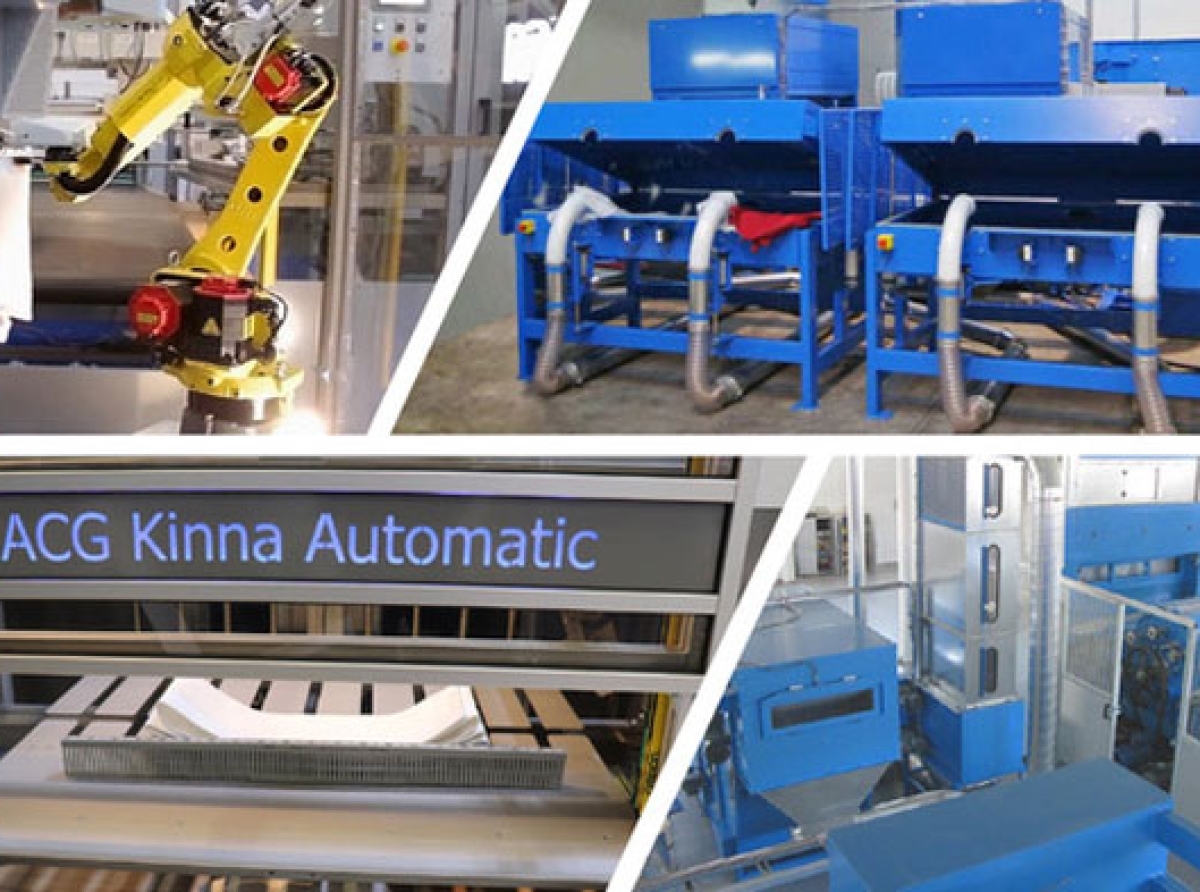21 July 2022, Mumbai:
Apparel 4.0 involves many new technologies like the internet of things (IoT), cloud computing, Big Data, etc.
Where apparel 1.0 starts with a mechanical weaving loom industrialization, apparel 2.0 marked its significant presence when Isaac Singer patented the first sewing machine in 1851.
ALSO READ The emergence of industry 4.0 technologies in 'Textiles & Apparels'

The effect of this stage in the apparel and clothing division is that the sewing machine began to be formed successively. The cloth production and its consumption increased impetus by this stage. Far along, sewing machines started to be cast- off in further production areas, such as shoes. After a very long interval of time in 2002, Apparel 3.0 came into the picture, once ICT progressed in the industry.
The evolution from analog to digital technology was accomplished using integrated systems found in the developments in fiber optics cables, microprocessors, telecommunication domains, and software domains.

ALSO READ Best 10 Apparel Factories In India
Now in the 2020 era, Apparel 4.0 technologies tangled the internet of things (IoT), cloud computing, Big Data, autonomous robots, three-dimensional (3D) printing, augmented reality, virtual prototyping, horizontal and vertical system integration, and cyber-security.
Apparel 4.0 is perceived by people with its implementation, such as a reduction in energy consumption of around 15%, an increase of up to 25% in work efficiency, more assertive decision-making, improvement of processes, and balance between life and work.
Within the context of this revolution, cyber-physical systems and the Internet of Things (IoT) can interconnect with everyone and persons in real-time.

RELEVANT NEWS How Will The Future Smart Apparel Factories Look!
It is high time Government looks into these 'Apparel 4.0 as Industry' technologies as high-priority sectors and creates world-class technology companies that will make India truly "Atmanirbhar" and bring foreign currency on export.
Some strategic actions taking place in some countries and in Brazil, the adoption rate is 29% for this sector.
At the same time, India is the fifth largest textiles and Apparel exporter globally. Influential supplier firms may be well-positioned to invest in and benefit from automation through more than ten consistent quality, improved efficiency, and environmental sustainability.
In addition, automation might aid in satisfying consumer demand for customized goods. However, several obstacles to automation are also there.
The first relates to remaining technical bottlenecks that prevent the automation of apparel and footwear assembly. Economic impediments are also associated with high technology costs in an industry with tight margins and, sometimes, fleeting supplier-brand relationships.

RELEVANT NEWS Vietnam Apparel Industry's Best Practices
The first relates to remaining technical bottlenecks that prevent the automation of apparel and footwear assembly. Economic impediments are also associated with high technology costs in an industry with tight margins and, sometimes, fleeting supplier-brand relationships.
Another obstacle concerns the workforce and shifting skills needs. Also, the future skills in the opportunity of Apparel 4.0 are comparatively new. Hence, the scarcity of experienced workforces in these technologies is an unadorned limitation.
RELEVANT NEWS FICCI Industry 4.0 awards & national conference on 5th May
The end is to get the product in the hands of the customer as quickly as possible at a reasonable cost.
I believe the environmental aspect will be the biggest driver for new technologies and automation in our industry.
I would say that automation is at a very beginning stage in apparel due to the fabric's nature, which is flimsy and not so rigid; it is very hard. The most significant disadvantage of automation today in our setup is that there is a borderline to how flexible it is.

RELEVANT NEWS Bangladesh is back to being the world’s second-largest apparel exporter: Export Promotion Bureau (EPB) report
You will meet automation challenges requiring a different workforce to help you on the software and maintenance sides of these automated lines.
There are many opportunities to look at small, low-cost devices that assist the worker in doing part of the job.
I do not think it is about reducing the workforce.
It is about increasing the output with the workforce that you have.
CREDITS: Mr. Sumit Kumar and Dr Deepak Mehra, Assistant Professor (NIFT, Bhubaneswar)
Join our community on Linkedin

























